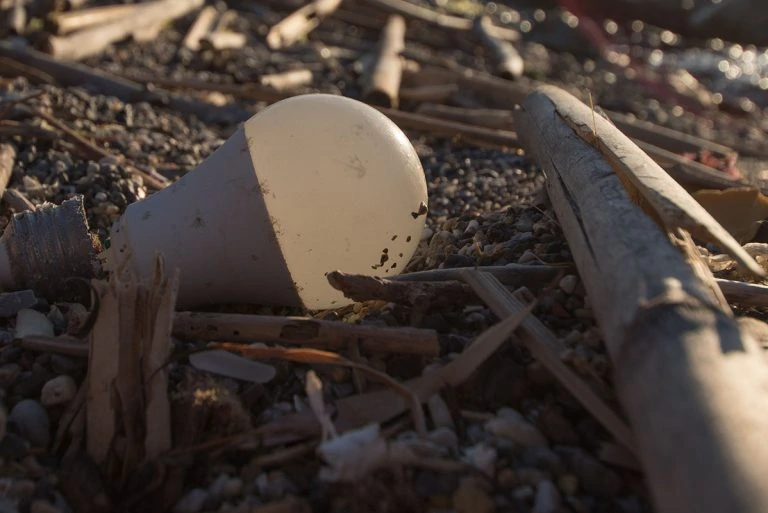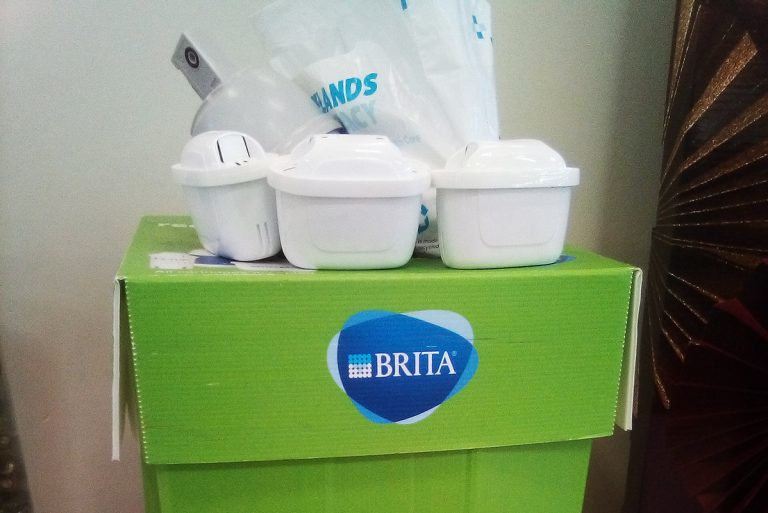Styrofoam is the commonly-used term for the material expanded polystyrene (EPS) that is often used for food packaging, protecting products in transport, and take away food containers due to its hard yet lightweight and insulating nature. It is also commonly used as thermal insulation inside fridges, freezers, and buildings.
If you’re doing your best to live an eco-conscious lifestyle, you doubtless try to recycle any waste that you generate as part of your daily life, including Styrofoam.
Styrofoam is made from a mixture of chemicals and petroleum. If it ends up in a landfill or the wider environment, it will take hundreds of years to break down, and as it does it can leach chemicals into the soil, water, or even the air.
Of course, you can minimize the waste you need to deal with by buying zero-waste products whenever possible. However avoiding Styrofoam completely can be difficult: for example, if you buy a new TV or laptop, it’s almost guaranteed to come packaged in those familiar white blocks.
So when you end up with some styro in your hands, can you recycle it? And how hard should you try to avoid products that come with Styrofoam?
In short, Styrofoam is technically recyclable, but it usually can’t be recycled. In this article, we’ll take a closer look at why this is.
Can you recycle Styrofoam?
If you look at the bottom of a piece of Styrofoam you’ll probably find a number six recycling symbol. This is because the material is recyclable: in fact, expandable polystyrene can be readily recycled.

However, there are a couple of factors that make recycling Styrofoam generally impossible in practice.
Styrofoam is lightweight but bulky
Styrofoam is, by its nature, lightweight but bulky because it is full of air. This is what makes it so desirable as a packaging material as well as such a good thermal insulator.
However, these properties also make it very expensive to recycle. Recycling facilities generate profits by on-selling the materials.
The value of these materials is calculated by the pound, so a lightweight material like Styrofoam is worth less than heavier, denser materials. Furthermore, recycling companies need to pay the same to transport, handle, and process the same volume of polystyrene as they do for heavier, much more valuable materials.
When you weigh these processing costs up against the low value per pound, this means that Styrofoam is not commercially viable for companies to recycle. Because it is not profitable to recycle, most recyclers simply refuse to handle it.
Styrofoam contaminates paper and other recyclables
Although there are some exceptions, the vast majority of local governments don’t accept Styrofoam in their curbside recycling bins.
The low density, lightweight nature of Styrofoam means it cannot be sorted automatically. Mixed curbside recycling goes through an automated system that sorts the various items into categories for recycling.
Therefore, if you put Styrofoam in the recycling bin this is a huge headache for the processing companies, which translates into losses. The entire load may then be rejected, meaning that all the other, genuinely recyclable items end up in landfill.
What should I do with my Styrofoam waste?
The first thing you can do is check if your local area accepts Styrofoam as part of its curbside program. If you’re lucky it may be on their list, so you can easily recycle it that way.
Although most recycling centers don’t accept Styrofoam for the reasons mentioned above, some have found ways to minimize the costs involved in handling polystyrene and so make recycling it viable. Typically they do this by processing and compacting it at the receiving site, and so greatly reducing the transportation costs compared to shipping lightweight, bulky Styrofoam to processing facilities.
Some companies even use trucks with built-in Styrofoam compactors that compress the material down into a lightweight block that looks smoothing like marble or wood.
Other options to recycle Styrofoam
However this service is not available in most areas. In this case, you may have other options for recycling or reusing that polystyrene.
Many grocery stores have programs that allow you to bring your Styrofoam back to be recycled. Some shipping companies have similar programs for those polystyrene packing peanuts.
You may also find that your local government or a recycling company nearby has a drop-off location for Styrofoam to be recycled.
Reuse (instead of dispose)
If none of these options are available to you, you could try to repurpose the Styrofoam by using it to make bean bag stuffing, Christmas ornaments, or carve out some planters from bigger blocks of Styrofoam.

Of course, the best option is to avoid Styrofoam wherever possible. Not only is polystyrene very difficult to recycle but it is also terrible for the environment in other ways.
This material generates a great deal of air, water and solid pollution during manufacturing. Plus, it is made from non-renewable petroleum, and is hazardous to wildlife if it ends up in the environment.
Consider switching to a zero-waste store rather than buying food from the supermarket that comes on Styrofoam trays.
The verdict
The short answer: Styrofoam is technically recyclable, but in practise it is very difficult to do so. You can try to recycle polystyrene through your local recycling center, supermarket, or shipping company, or reuse around your home.
However, the best solution is to avoid Styrofoam wherever possible. If you’re looking for other ways to minimize the plastic, Styrofoam and other non-biodegradable waste in your life, check out our zero-waste product round-ups like zero-waste deodorant, toilet paper, and candles.
And if you want others to learn about Styrofoam and how to recycle it, go ahead and share this article on your social media!












